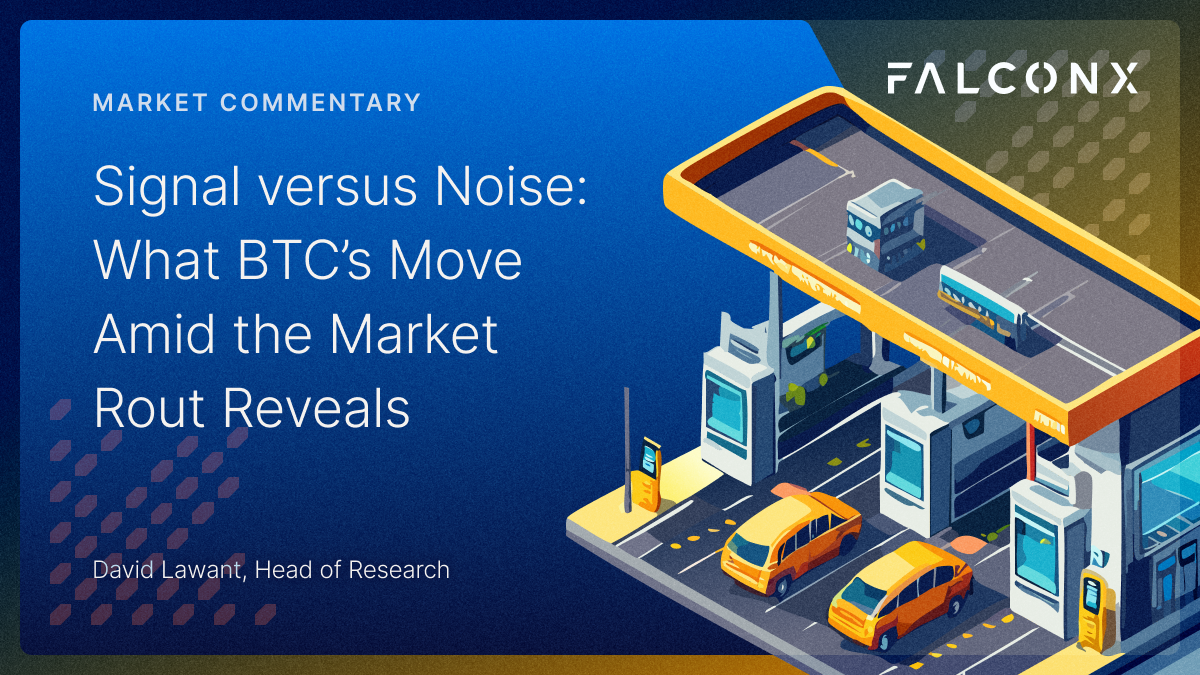Over the past seven days, the total crypto market capitalization grew by 3.98% (4.27% excluding stablecoins) and currently sits at $1.68 trillion ($1.54 trillion excluding stablecoins).
ETF net inflows continued to accelerate and came in at over $400 million yesterday, which is nothing short of formidable almost a full month into the launch. Overall risk assets also continue to rip higher. I continue to pay attention to the correlation between crypto and overall risk assets, as the BTC/SPy correlation is now at 0.23 (versus -0.23 at the end of 2023).
Overall, this was a good week for BTC on a relative basis: The leading crypto asset not only slightly outperformed ETH over the past week, but STX also outperformed by a wide margin ETH’s main L2 projects, such as OP, ARB, and MATIC.

The relative performance battle between BTC and ETH is about to get spicier, though. Although BTC has a lot going for it, as ETF inflows are coming strong and halving is approaching, the next major Ethereum upgrade is now set to activate in a little over a month.
After three successful dress rehearsals in the Sepolia, Goerli, and Holesky testnets, Ethereum developers set the target date of Dencun, the next major upgrade, to March 13. The main new feature brought by Dencun is the introduction of a more efficient way to store temporary data on the Ethereum blockchain, which can significantly reduce the cost of L2s to post data on the L1.
Technical developments in crypto usually don’t impact price action meaningfully, at least in the short term. Ethereum upgrades, however, tend to be an exception.
The following chart shows the cumulative relative performance of ETH versus BTC in the 30 days before and after the past three major upgrades: Shapella, which introduced the ability to withdraw staked ETH on April 12, 2023, The Merge, which moved Ethereum from proof of work to proof of stake on September 15, 2023, and London, which changed the economic logic of ETH through the introduction of EIP-1559 on August 05, 2021.

One general trend is that ETH tends to outperform BTC ahead of upgrades (ie, the lines to the left of the middle reference date are mostly above zero), with the bulk of the outperformance taking place either 2-3 weeks ahead of the upgrade or on the days leading up to it. The exception was the Shapella upgrade. This is likely because the month leading to this upgrade included the pinnacle of the U.S. mid-sized banking crisis in March 2023, which proved to be a major tailwind for BTC.
The performance after the upgrades, however, does not show a clear trend. While ETH outperformed BTC consistently in the 30 days after Shapella and at the very end of the same period after London/EIP-1559, it consistently underperformed following the Merge.
Following a dismal 2023 performance, The ETH/BTC price ratio brushed the 0.05 level, the lowest since Q2 2021, before bouncing back to 0.06 and partially retrenching more recently. Since November 2023, when broader macro drivers started to take the driver’s seat of crypto price action, ETH has slightly outperformed BTC. The next few weeks leading into the Dencun upgrade might be an initial test of how much strength ETH has to catch up.

Other Top Trends We're Watching
FalconX Trading Desk Color: Similarly to the past few weeks, our desk saw flows across different client personas in mixed directions. Hedge funds and prop desks were slightly better sellers (53% and 54% of total flow), while retail aggregators were heavy buyers (71% of total flow). BTC continues to dominate desk activity, trading 3.42x more than ETH, the highest ratio over the past four months, except for the week in which the spot BTC ETF was launched. Buy interest in ETH was notably stronger over the past few weeks, driven mostly by retail aggregators. Among alts, we saw buy flows in SOL and LINK and sell flows in NEAR and ARB.

Resurgence in Ethereum Staking Activity Indicates Initial Signs of Renewed Vitality: Over the past week, the ETH staking activation queue has been the busiest since October 2023. The current levels are still a far cry from the tens-of-thousands-validators-long queue from the second and third quarters of 2023, but it’s a notable increase given that the Ethereum staking yield, as measured by the CESR, has not changed much so far this year.

The key driver everyone is watching is whether the potential ETH spot ETF will be allowed to stake. Ark/21Shares updated their S-1 form to include a staking component this week. The back and forth on S-1 amendments over the upcoming months ahead of the key date on May 23 will hint at whether that’s a real possibility.
Have a great weekend!




.png)
